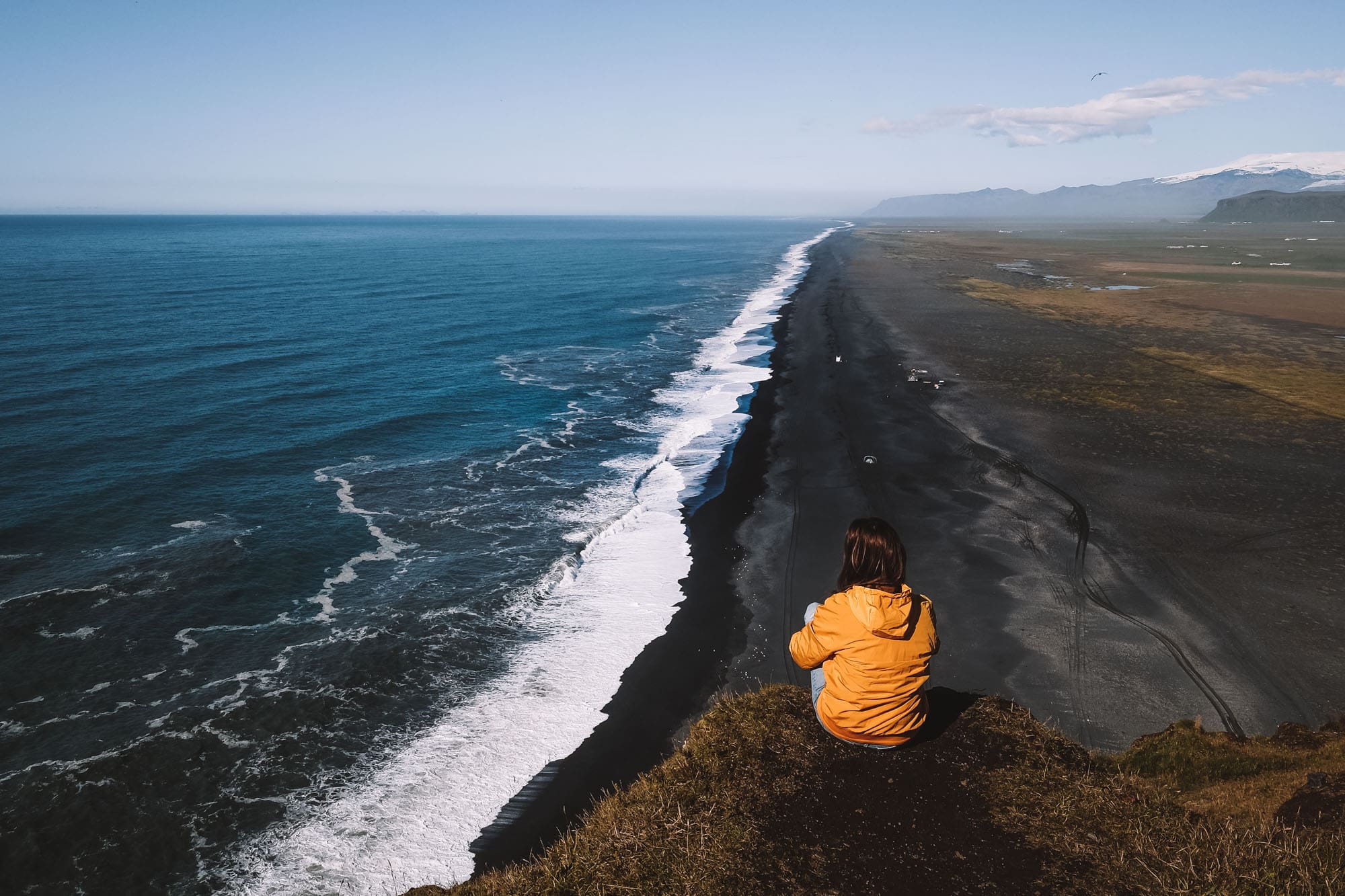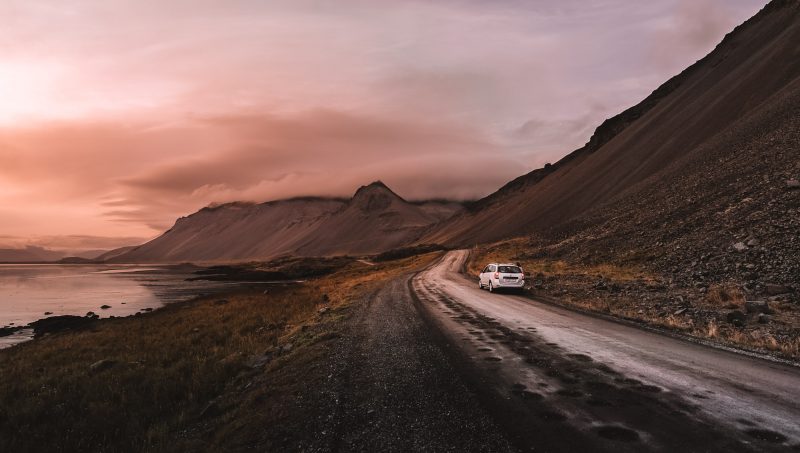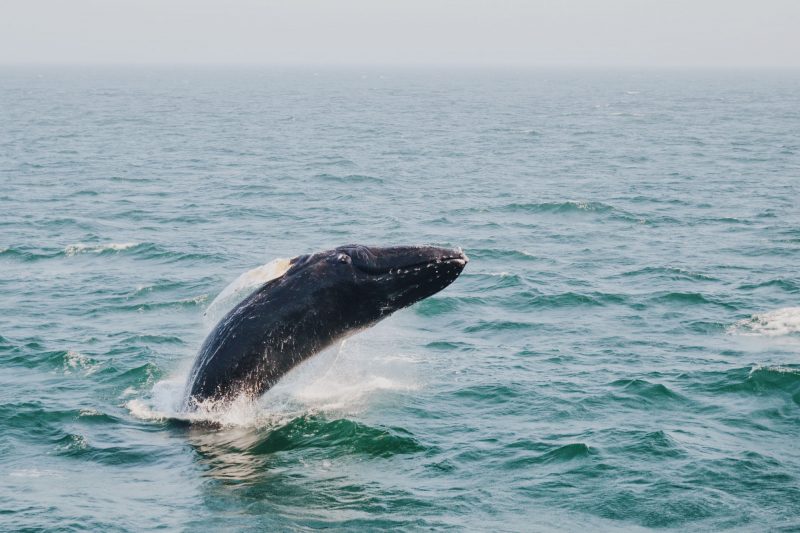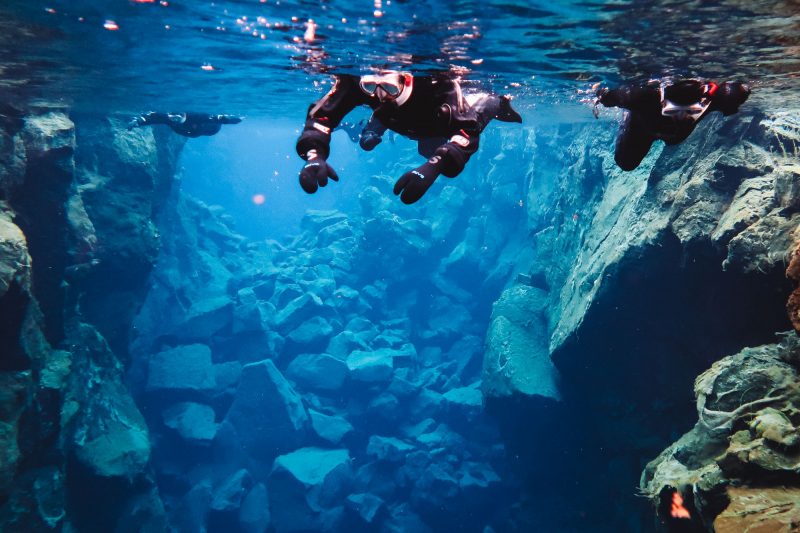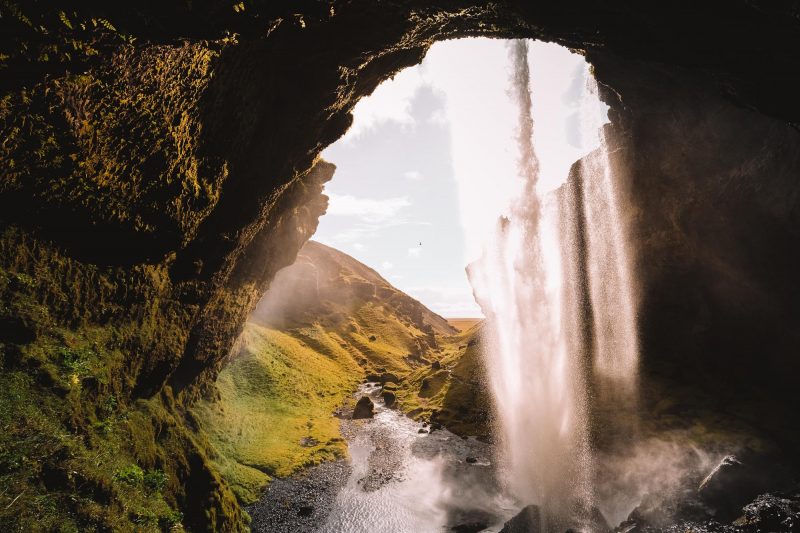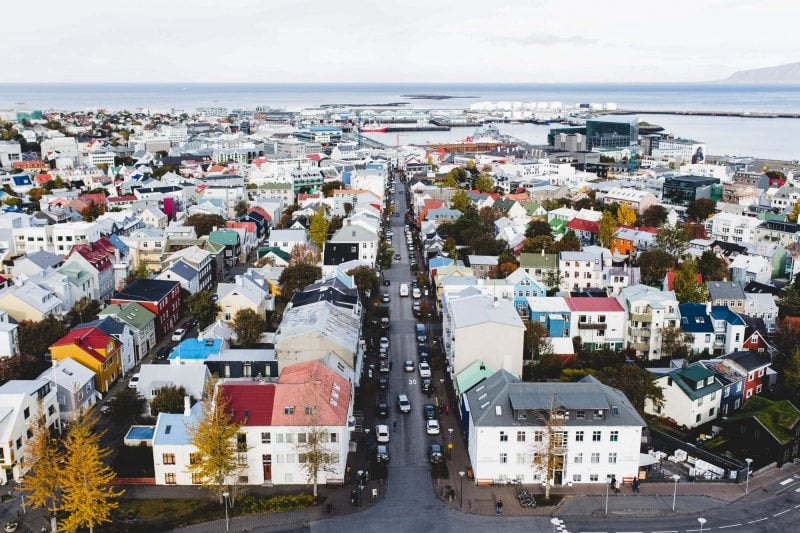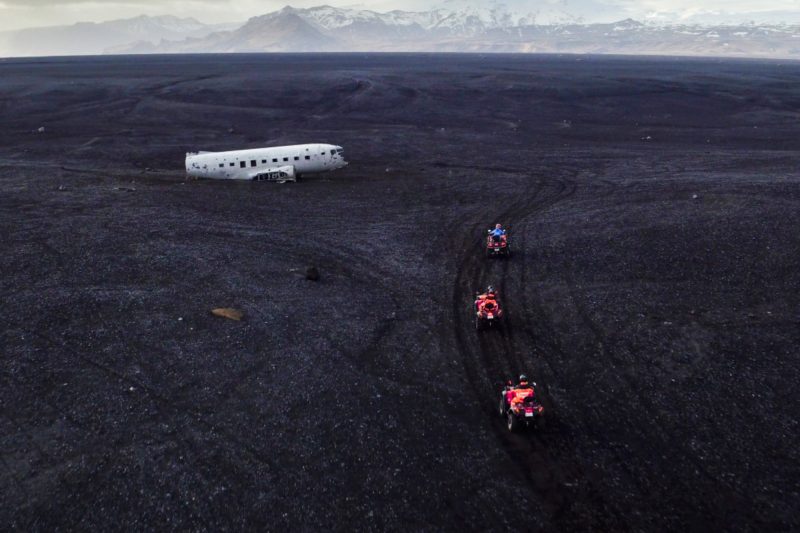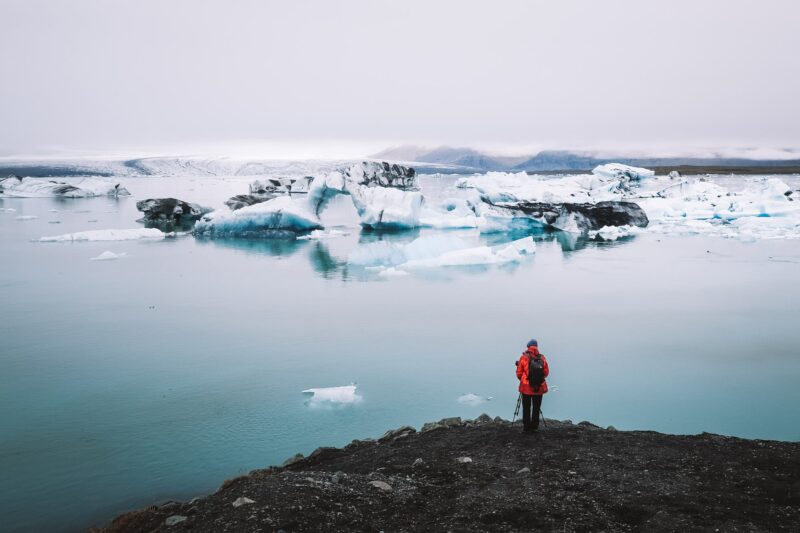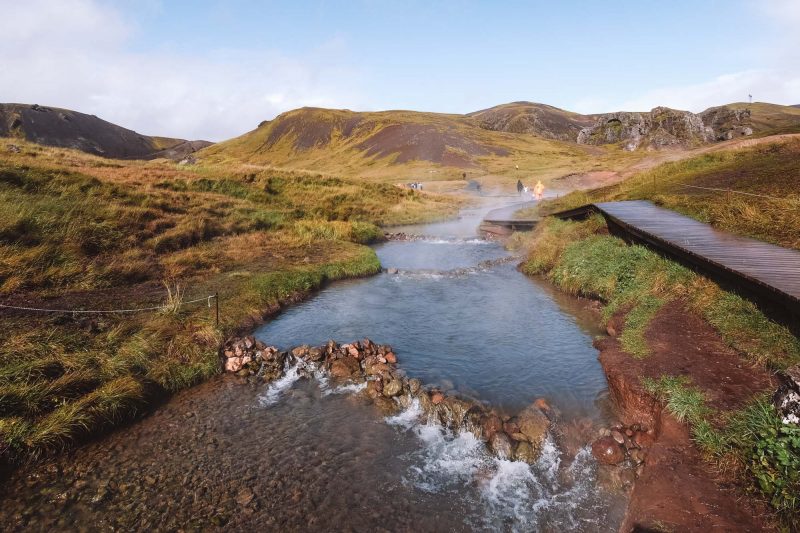Traveling in Iceland is simply breathtaking. You’ll find combinations of landscapes like nowhere else in the world. Glaciers, volcanoes, black beaches, waterfalls, and so much more beauty interchange here. In some places, it feels like you’re standing on a completely different planet. In just one week, you can witness so much beauty and be constantly amazed. However, there are a few things you should know and consider before booking a flight to Iceland. We spent two weeks traveling around Iceland and have compiled a list of 10 things you should know beforehand in this article.


#1 Traveling Around Iceland is Not Cheap.
It probably won’t come as a surprise when we tell you that Iceland is not a budget-friendly travel destination. In fact, it is quite expensive. The good thing about Iceland is that 90% of the attractions are free, and parking your car often doesn’t cost anything either. Additionally, there are many ways to save money. We have summarized the costs for Iceland and recommendations to save money, so you know what to expect.

#2 Renting A Car is Ideal
There are three ways to explore Iceland: renting a car, taking tours, or hitchhiking. Tours can be quite expensive and limit your freedom to go wherever you want, so we advise against them. Hitchhiking can be a fun option where you get to meet a lot of people and save money. You’ll often see hitchhiking tourists along the roadside. The downside is that you depend on others and need to carry your belongings with you when visiting attractions. Moreover, Iceland’s weather can change suddenly, and standing by the road in rain and wind may not be enjoyable.
That’s why we believe renting a car is the ideal way to explore Iceland. It provides you with complete freedom and allows you to follow your own itinerary. Check out our recommendations for renting a car in Iceland.

#3 You Are Not Alone in Iceland
Once, Iceland was an island that hardly anyone visited, but nowadays, don’t expect to be alone. In 2010, 500,000 tourists visited Iceland, and by 2016, this number had rapidly risen to 1.6 million tourists. We don’t have more recent figures, but those numbers are likely even higher now. Considering that Iceland itself has only 355,000 inhabitants, you’ll encounter many more tourists than locals while traveling through Iceland. However, don’t let this discourage you, as you can often avoid the crowds. If a popular attraction is crowded, walk a bit further from the most famous photo spot. Chances are, there will be far fewer people there because most visitors gather at the same location.

#4 Book everything Well in Advance
Due to the high number of tourists in Iceland, it’s essential to book all your accommodations and rental cars well in advance. If you don’t, there’s a good chance that only expensive hotels and cars will be available, and you’ll end up spending a lot of money. So, plan your travel itinerary in advance and book your hotels and rental car accordingly based on that route.

#5 Seasons in Iceland
Visiting Iceland in either summer or winter brings its own set of advantages and disadvantages, making it worth considering both seasons. We’ve chosen to visit during the summer.
Winter
- There is a blanket of snow, which, on one hand, is very beautiful, but on the other hand, it may obscure the colors of the landscape.
- There are significantly fewer tourists than in the summer.
- The chances of witnessing the Northern Lights are much higher in the winter.
- Certain activities are exclusive to the winter, such as snowmobiling and visiting ice caves.
- During the winter, some interior roads are closed, and parts of the ring road may also be inaccessible due to heavy snowfall.
- You may encounter snowstorms, and some attractions that require walking, like the DC-3 plane wreck, are closed during the heart of winter.
- In December and January, there are only about 4 hours of daylight per day. However, the light that exists is incredibly beautiful, especially for photographers, as you have hours of a sunrise gradually transitioning into a sunset—no golden hour, but golden hours (if it’s not cloudy).
- Iceland is generally cheaper in the winter compared to the summer.
Summer
- In Iceland, there are long daylight hours during which you can accomplish a lot in one day, especially from June to August when there are very few dark hours.
- The roads are in good condition and easily navigable.
- Temperatures range between 10 and 20 degrees Celsius (50 – 68 F), and there is less rainfall.
- During the summer months of July and August, you can explore the interior with a 4×4 vehicle.
- It’s busier in the summer compared to the winter.
- However, there’s no chance of witnessing the Northern Lights during this time.
- The colorful landscapes are fully visible since there is no snow covering them.


#6 Free Internet and Calling with Your Own SIM card.
Make sure to check with your provider if Iceland is included in your free calling and internet coverage. Despite not being part of the EU, most providers still offer free calling and internet usage in Iceland, usually at regular rates.
#7 You Can Pay with Your Debit Card Almost Everywhere.
You can use your Maestro debit card to make payments at almost all places. However, you will need your credit card to pay for the rental car deposit and at some gas stations. Carrying cash is not necessarily required as you can make most transactions with your card. Nonetheless, it’s still good to have a small amount of cash as a backup.
#8 Be Prepared for all Kinds of Weather.
Sometimes, in Iceland, you can experience all four seasons in one day. It might be pouring rain one moment, and three minutes later, the sun shines. You may even notice a local downpour approaching in the distance. Therefore, always be prepared for such weather changes. When hiking, always bring your rain gear. Leave your umbrellas at home because it’s often windy when it rains. Opt for a rain jacket and not a poncho since the rain often comes sideways due to the wind. Additionally, when visiting a waterfall, it’s wise to wear a rain jacket. The water from the waterfall can create a lot of mist and spray, which makes you potentially very wet.

#9 Bring Enough Snacks and Other Groceries
Iceland is sparsely populated, and you might notice long stretches of road without any shops or gas stations. To be prepared, it’s a good idea to keep some snacks in your car and consider buying a sandwich at a gas station at the beginning of the day. It’s also convenient to prepare your meals and save money. Bring some international cuisine items or instant meal kits for noodles and spaghetti from home. Then, in Iceland, you’ll only need to buy fresh ingredients. Don’t forget to bring a grocery bag to store all your purchases in the car.
#10 Most Highlights Are Near the Road
The ring road encircles the entire island, mostly along the coast. If you want to venture off the ring road and explore the interior, you’ll need to rent an expensive 4×4. Fortunately, many attractions are accessible from the ring road. Check out our 8-day travel itinerary to visit the most beautiful places in Iceland.

